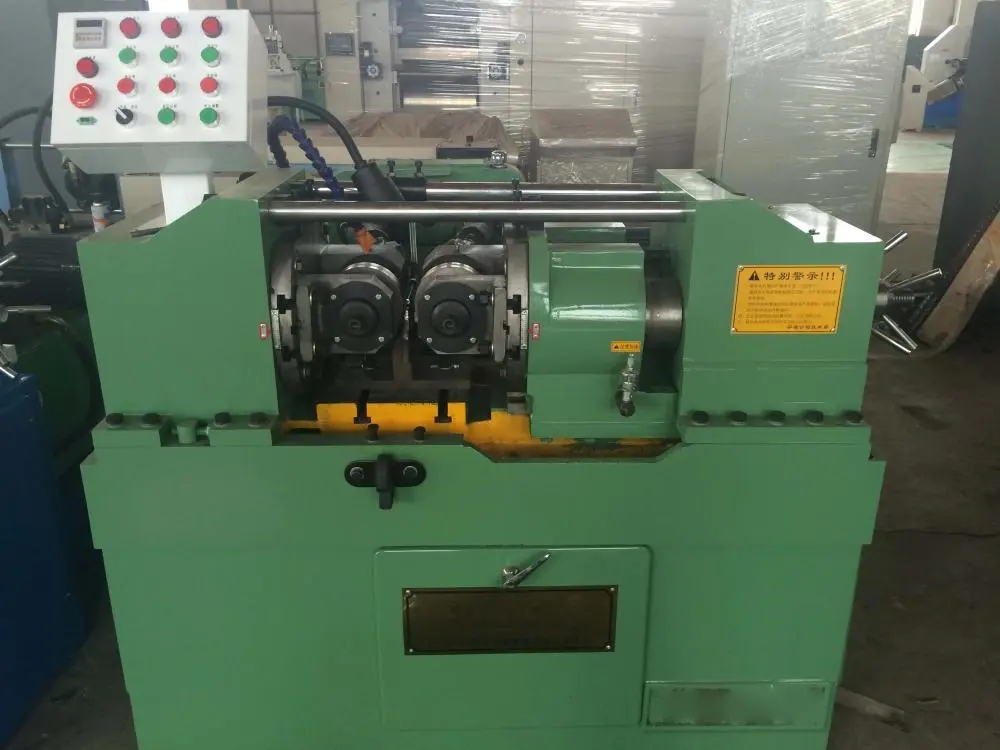The Role of Upright Pillar Roll Forming Machines in Metal Storage Rack Production
In the realm of industrial manufacturing, the structure and storage of materials play a pivotal role in optimizing operations and enhancing productivity. Among the various components that facilitate effective storage solutions, metal storage racks are indispensable. These racks are designed to maximize space, ensure safety, and maintain accessibility in warehouses and manufacturing facilities. A key element in the production of these metal storage racks is the upright pillar roll forming machine, which streamlines the creation of metal frames that are both sturdy and reliable.
Understanding Roll Forming Technology
Roll forming is a continuous bending process in which a long strip of metal is passed through a series of rollers to gradually shape it into the desired cross-section. The technique is especially favored for producing components with uniform cross-sections, such as those found in metal storage racks. The upright pillar roll forming machine is specifically engineered to create the vertical components of these racks, which must withstand considerable weight and stress.
The process begins with the selection of high-quality raw materials, typically galvanized steel or other strong alloys that enhance the durability and resistance to corrosion of the finished product. The metal strip is fed into the roll forming machine where it is shaped with precision through a series of rollers. Each roller is designed to impart a specific geometric configuration to the metal, ensuring that the resultant uprights can safely support the intended loads.
Advantages of Using Upright Pillar Roll Forming Machines
1. Efficiency and Speed One of the primary benefits of using an upright pillar roll forming machine is the high production efficiency it offers. The continuous process allows manufacturers to produce large quantities of metal components in a relatively short time, significantly reducing labor costs and downtime.
metal storage rack /upright pillar roll forming machine
2. Consistency and Precision Roll forming machines are engineered for accuracy. Each component produced is nearly identical in shape and size, which is critical for modular designs typical in storage racks. This precision minimizes fitting issues during assembly, leading to faster installation times.
3. Material Utilization The nature of roll forming allows for maximum material utilization. Unlike traditional cutting processes, which often result in scrap, roll forming uses the entire length of the metal strip, thus reducing waste and lowering overall material costs.
4. Versatility Upright pillar roll forming machines can be customized to produce various profiles, accommodating different designs and specifications. Manufacturers can adapt the machinery to create upright pillars for various storage systems, including pallet racks, shelving units, and cantilever racks.
Future of Metal Storage Rack Production
As the demand for efficient storage solutions continues to rise, the role of upright pillar roll forming machines is becoming increasingly significant. With advancements in technology, such as automation and the integration of smart manufacturing processes, manufacturers can achieve even greater efficiencies and product innovations. Improved software for design and simulation is enabling better forecasting of material needs and production schedules, leading to reduced lead times.
Moreover, as sustainability becomes a focal point in manufacturing, there is an increasing emphasis on producing eco-friendly storage solutions. Roll forming processes already contribute to lower energy consumption and waste, and further enhancements in the sustainability of materials used can augment the green credentials of the metal storage rack industry.
In conclusion, upright pillar roll forming machines are crucial to the production of metal storage racks. They provide manufacturers with the efficiency, precision, and versatility required to meet the evolving demands of industrial storage solutions. As technology progresses, the future of metal storage rack production looks promising, with the potential for continuous improvement in efficiency, quality, and sustainability.







